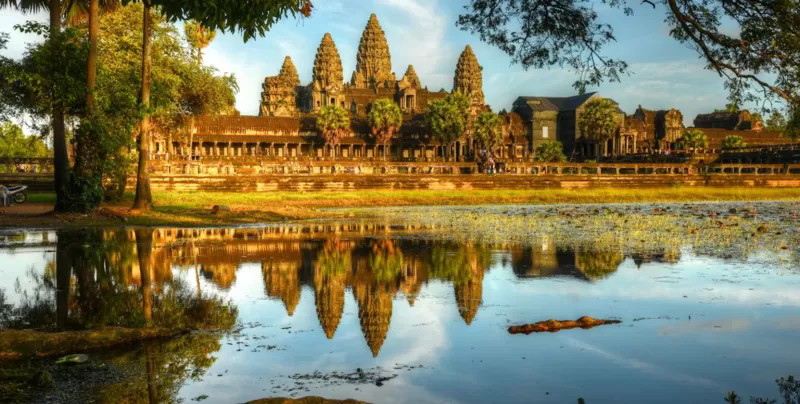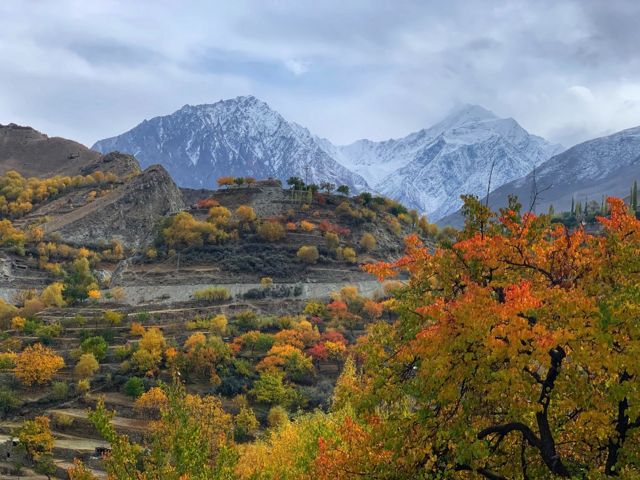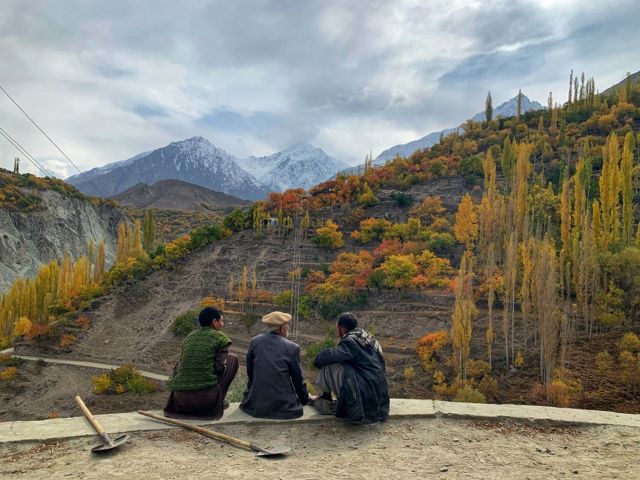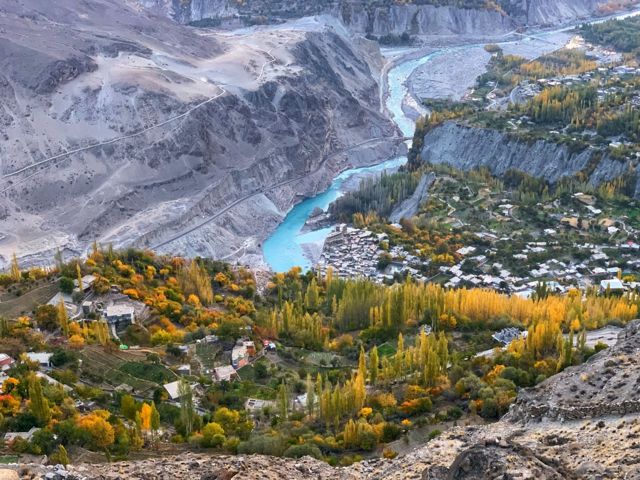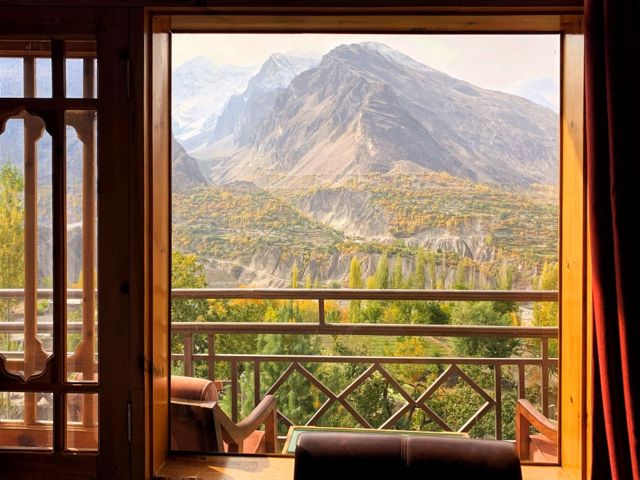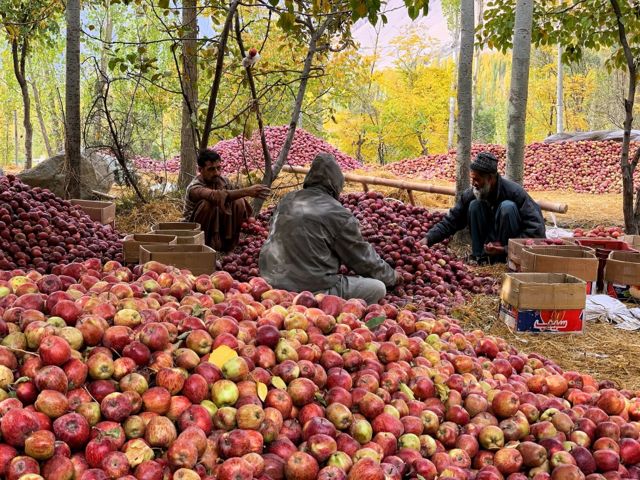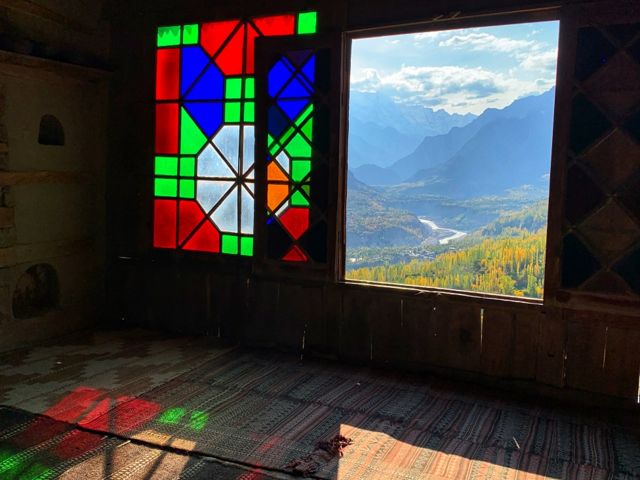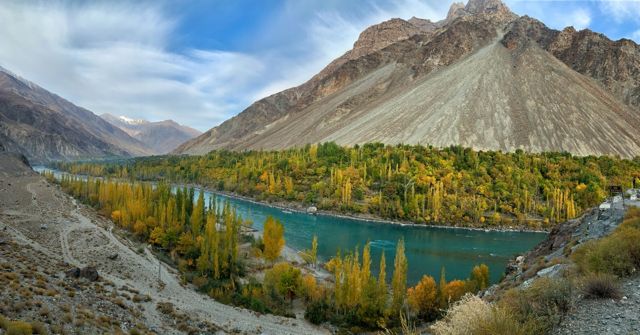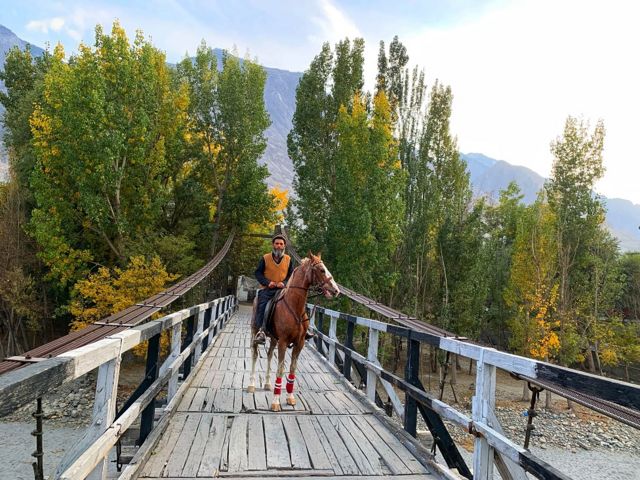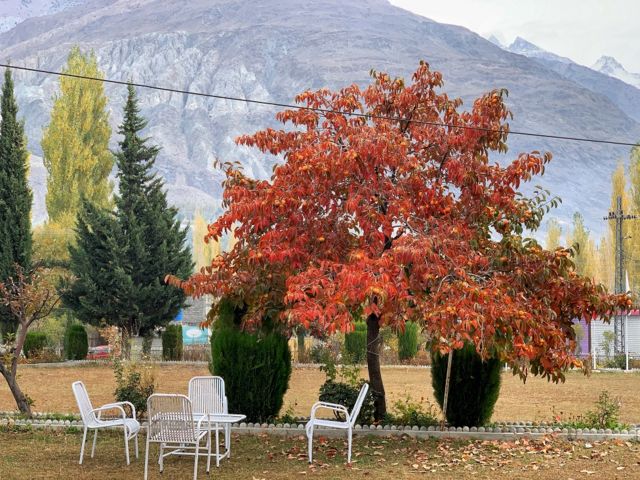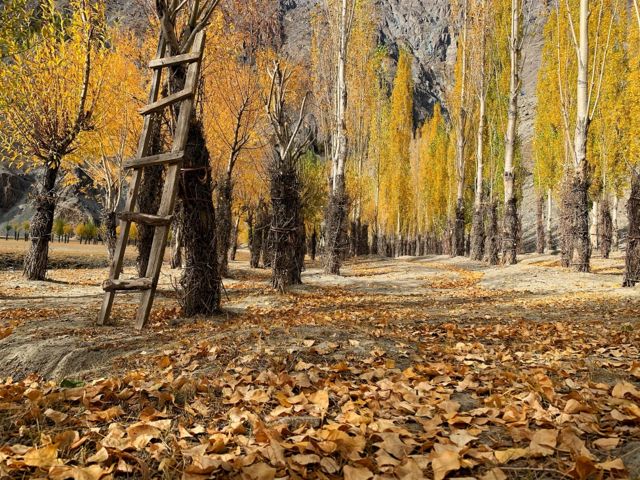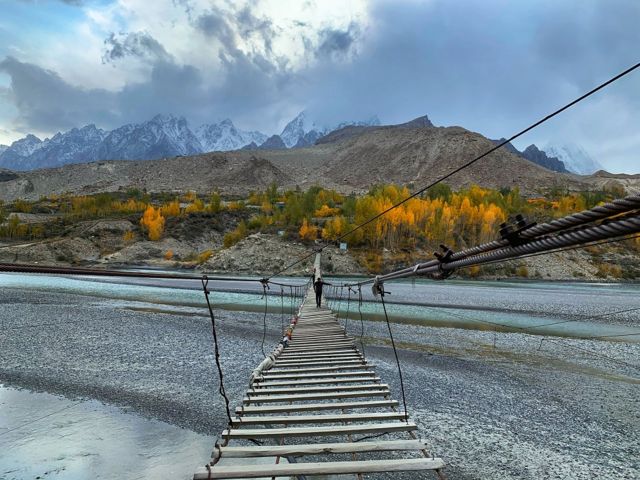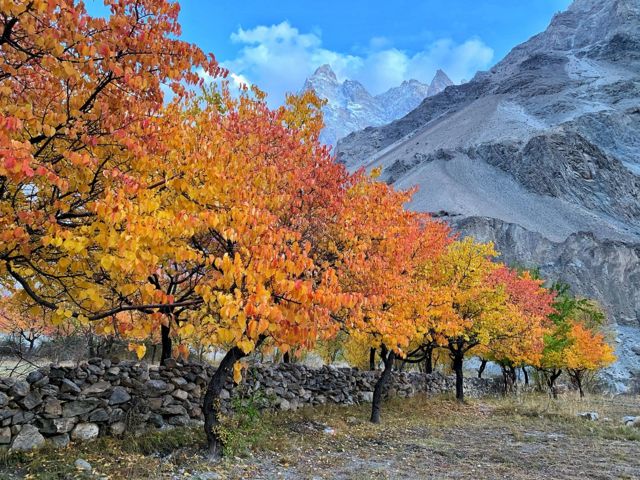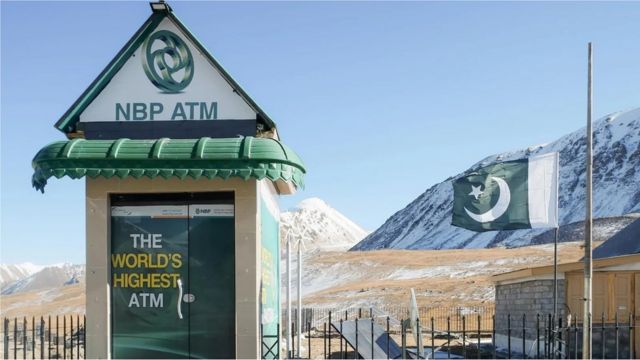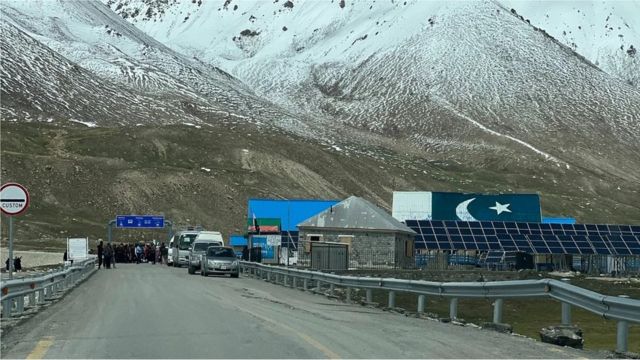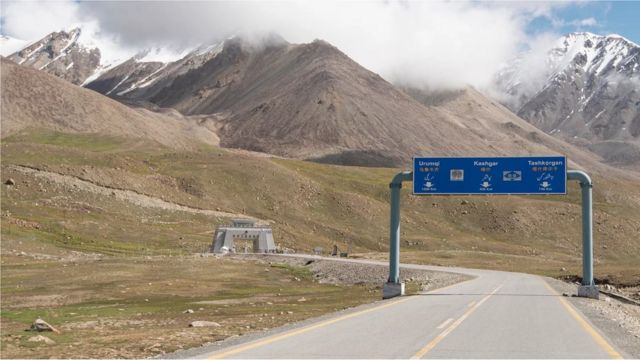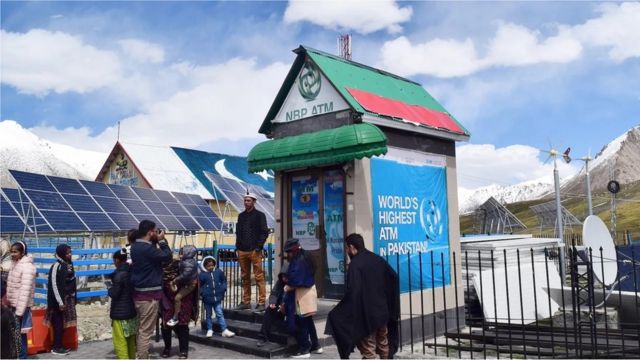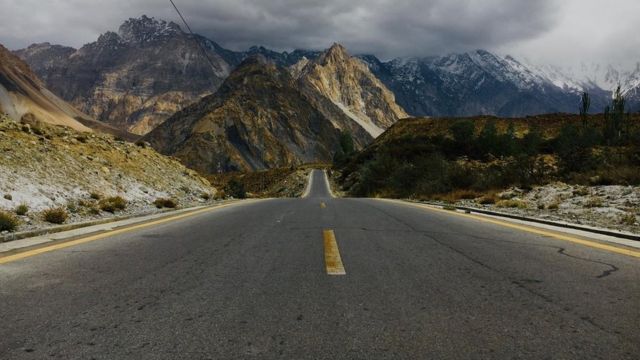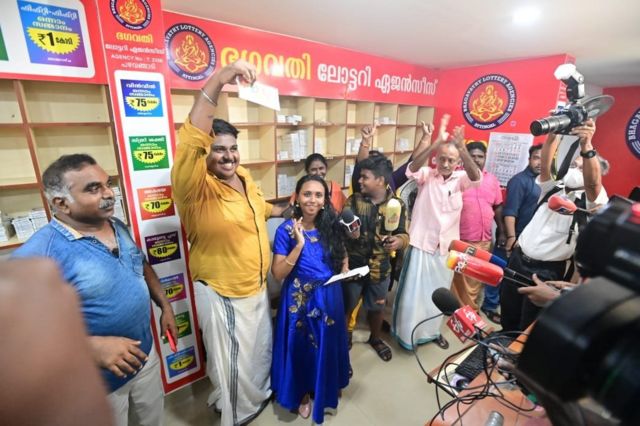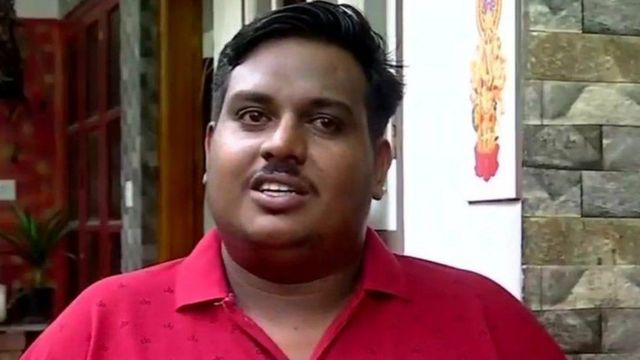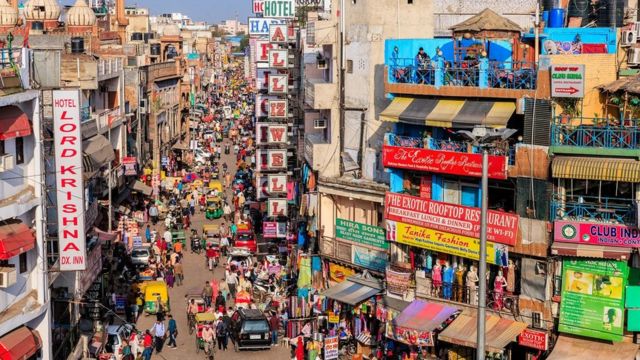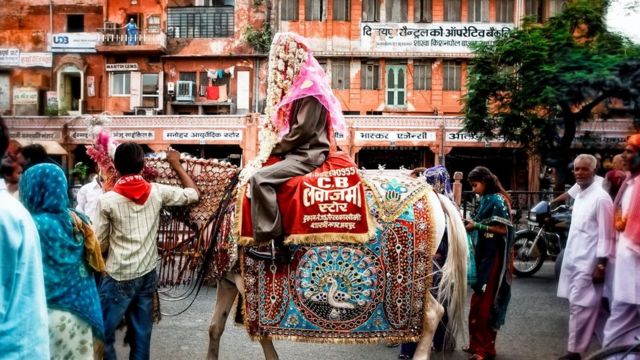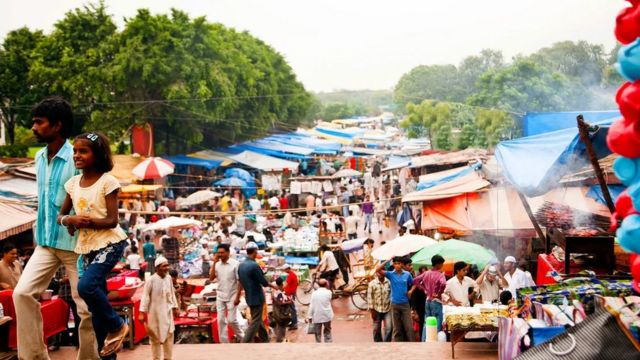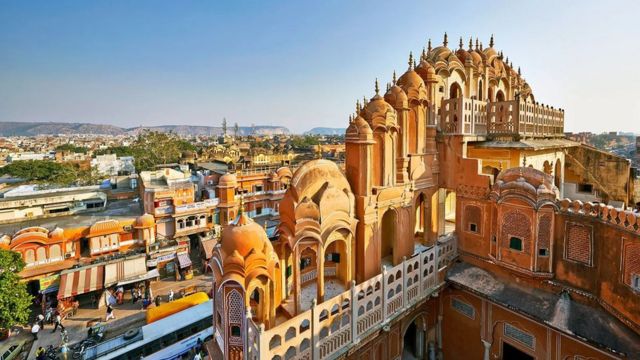Angkor Wat attracts millions of visitors every year, but most people know little about its complex and extensive water system that has been the cause of the rise and fall of an empire.
birthplace of the ancient mighty Angkor Empire, the gentle slopes of this mysterious mountain hold a special place in the hearts of the locals.
During religious festivals, Cambodians climb to its summit to be blessed with the same water that has been used for the coronation of kings since 802 AD. The establishment of this kingdom took place when Jayavarman II, the founder of the kingdom, was bathed in this holy water and was called Deva Raja, meaning the king of divine importance. Their empire spanned modern-day Cambodia, Laos, Thailand, and Vietnam, and the city of Angkor was the largest in the world before the Industrial Revolution.
To immortalize this sacred site, 1,000 Shiva Lings (a symbolic incarnation of the Hindu god Shiva) were carved and erected on the banks of the Kabal Span River, where the water flows through the plains of Angkor and falls into Tonle Sap Lake. . Even today this water is considered sacred and its power is believed to be a source of healing from diseases and good luck. It's a very special place for Cambodians, it's an important part of our history," Peng says. Every year we visit Culin Mountain with our family as part of the Khmer New Year rituals. We bring food offerings to the temple and pour water on it from Kabal Spain for good luck.'Jayavarman II's spiritual blessing initiated the Angkor dynasty's close association with water. Still, it was not until the capital was moved south to Rolos and then to Angkor that the kingdom remained for more than five centuries. Remained permanent. The empire's expert engineers used their skills to create a complex water system that ensured the empire's rise as well as its downfall. The plains of Angkor were ideal for an empire to flourish," explained Dean Penny, a researcher at the University of Sydney's Department of Geology. He has studied Angkor extensively. "There are plenty of resources, for example near the Tonle Sap lake there is good soil for rice," he says. The lake is home to one of the world's largest inland fisheries, while Angkor is at the very northern edge of this enormous food-producing bowl. Angkor went on to succeed based on these resources. In the 1950s and 1960s, French archaeologist Bernard-Philippe Groslier conducted an aerial survey of the city of Angkor to reconstruct the layout of the ancient city. This led him to discover the vastness of the city and the complexity of its extensive water system and inspired him to name Angkor the 'Hydraulic City. Since then archaeologists have extensively researched the water network and its important role. In 2012, the true extent of the hydraulic system was revealed, which is spread over 1,000 square kilometers.
It was discovered by archaeologist Dr. Damian Evans using airborne laser scanning technology (LiDAR)."The missing pieces of the puzzle quickly came into focus," Dr. Evans said. We are now working on a paper that is the definitive map of Angkor and shows the original image, showing the hydraulic system that was one of the secrets of the empire's success. Man-made canals were crucial to the creation of a city of this vast size, which was built to bring water from Phnom Koln to the plains of Angkor. These canals were used to transport an estimated 1 million sandstone bricks, weighing 1,500 kilograms, that built Angkor. While ensuring a year-round supply of water during the monsoon season to support the city's population, agriculture, and livestock, this hydraulic system served the basic needs that have sustained the temples for centuries. The sandy soil here alone is not enough to support the weight of these stones. Engineers had therefore discovered that a mixture of sand and water made stable foundations, so trenches were dug around each temple in such a way as to maintain a constant supply of groundwater. It has provided foundations strong enough to keep the temples stable and prevent them from collapsing even after all these centuries. Throughout the empire's history, successive kings promoted, restored, and improved Angkor's complex water network. They include an impressive network of canals, ditches, and barriers (reservoirs).'West Barre' is the oldest and largest man-made structure that can be seen from space. It is 7.8 km long and 2.1 km wide which was also built to control the flow of water."Angkor's hydraulic system is very unique because of its scale," Penny said. There are many examples of historic cities with clear water management systems, but not of this level. For example, so many reservoirs are not seen anywhere.
West Barre has an incredible capacity to hold water," he added. When it was built, many European cities could comfortably fit inside it. It's mind-boggling, it's like an ocean.'The study shows that in the late 14th and early 15th centuries, dramatic climate changes occurred, leading to prolonged monsoon rains followed by severe droughts. These climate changes affected the water management network, which was one of the reasons for the eventual decline of the mighty empire."The whole city was hit by these big changes in weather," Penny said. The scale of the network and its interdependence meant that people felt the need to change to adapt to the drought and to cope with the wet year, which The network fragmented and became unusable.' Further research suggests that changes in the seasons, including the failure of the hydraulic system and attacks by the neighboring Siamese people, forced the capital to move south to Udong. History books say that Angkor ended in 1431 due to Siamese attacks, but I don't think that happened," says Dr. Damian. The evidence we have suggests that this happened over a much more extended period. Pressure from major famines, the destruction of water systems, constant attacks by the Siamese, and the expansion of shipping lanes all contributed to this. But when Angkor was abandoned, nature took its place back here. Local people were aware of these ancient monuments, but the jungle kept them hidden until the 1860s when French explorer Henri Mohot 'rediscovered' them. From here began massive restoration projects that continue to this day. The number of tourists visiting Angkor Wat Archaeological Park in Cambodia has increased over the past two decades. In the year 2019, 2.2 million people visited this place. The increase in the number of tourists, including hotels and restaurants, has increased the water demand tremendously, which has led to a decrease in the water supply. As these temples depend on a continuous supply of underground water to survive, serious concerns have arisen regarding the preservation of this UNESCO World Heritage Site. However, although water contributed to the rise of the Angkor Empire, it was water that also contributed to its downfall."It's clear that the water management network was really important in the development of the city and it led to its wealth and power, but as it got more complex, bigger and bigger it became a weakness for the city," Penny said. became along with the increase in water demand, severe flooding occurred during the monsoon seasons between 2009 and 2011, which led to the intensive restoration of this ancient water system. Suchita Heng, a guest house owner, recalled the 2011 flood, saying, "It caused a lot of destruction. Crops were destroyed, people had to evacuate their homes and water came into my guest house. It was devastating. This flood was the worst in the province in 50 years. Led by the Apsara National Authority, which is responsible for the conservation and management of the Angkor site, the restoration project has restored several waterways and hydraulic systems, including Angkor Thom's 12-kilometer water wall and the 10th-century royal bath Serah Serang. These efforts have also helped to address water shortages caused by increased tourist numbers and prevent a repeat of the floods that hit the province between 2009 and 2011.
This means that this vast, centuries-old system continues to provide water today, preventing catastrophic floods and providing the foundations for the sacred temples of Angkor that will sustain them well into the future. Dr. Evans said, "Rehabilitation of the water system made water available for irrigation, so it has become part of today's agricultural landscape as well as the stability of the temples." Surprisingly, this water system is still in service.



